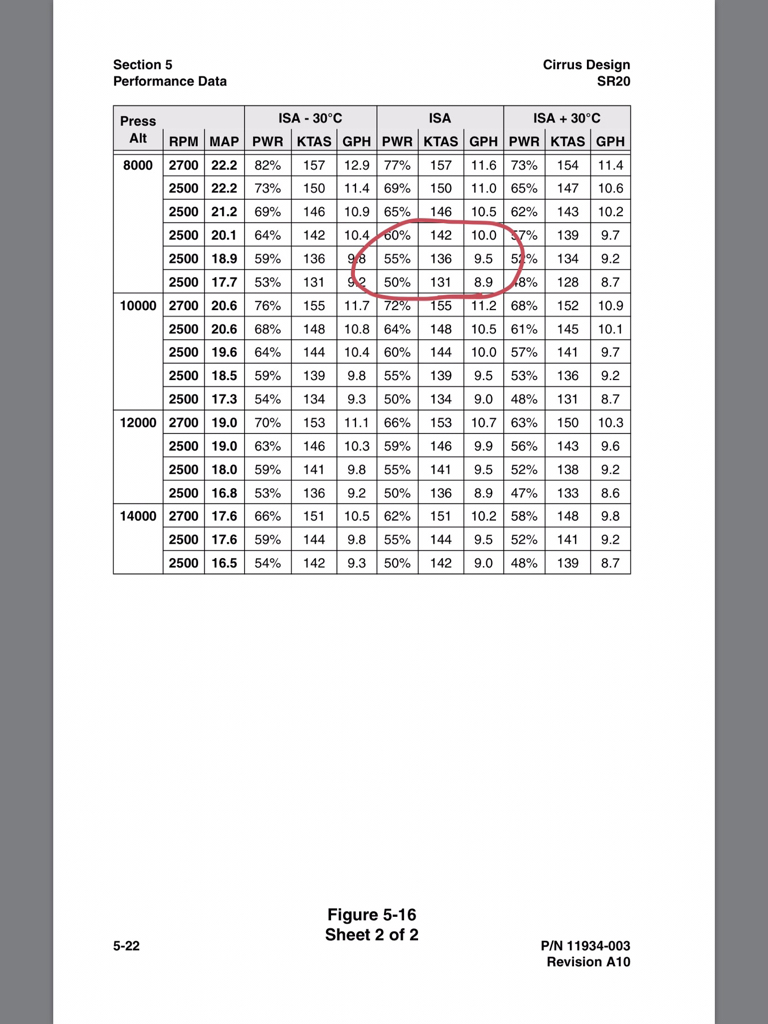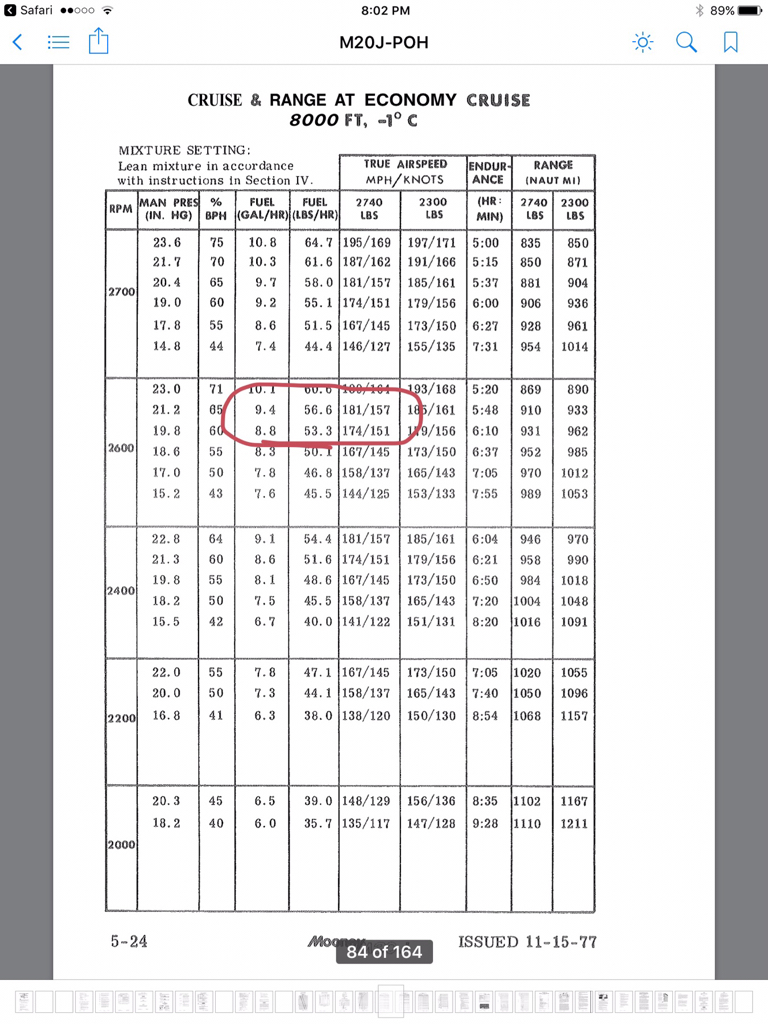Adam Weiss
Pre-takeoff checklist
This is exactly the kind of numbers that confuse a potential M20 buyer (me). Chip says a 180hp M20-C will get around 140, you say 147, and I was just down at the airport talking with a guy upgrading from his M20-C for the last 18 years to an -F, and he said he regularly got 135kts.Shoot, my 180 hp M20-C trues at 147 knots at 8000-10,000 msl, a little below WOT and 2500, and I have a 3-blade on the front . . . . . No fuel flow, but I've been running 9gph block time for the last decade.
I know this kind of hi-jacked the original Mooney vs. Bo, but I can't figure out what the real numbers for an M20-C are! All equal, 8K, best performance (whatever that is, WOT, 2500, etc), should I expect 135kts or 147kts? Big difference.

 . This is going to be fun...
. This is going to be fun...

 but you need to post video!
but you need to post video!


